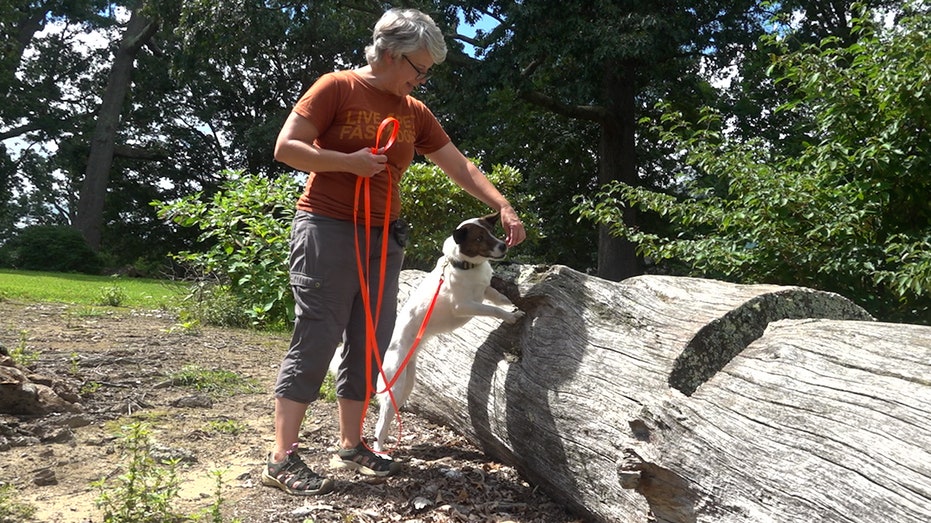Can Dogs Help Combat Invasive Lanternflies? Virginia Tech Study Reveals Promising Results

Dogs as Natural Defense Against Invasive Pests
Researchers at Virginia Tech have uncovered an exciting new role for man’s best friend in protecting ecosystems. For the first time, scientific evidence suggests that trained dogs can assist in controlling the spread of the invasive spotted lanternfly, a pest that threatens agriculture and native plants across the United States.
The Threat of the Spotted Lanternfly
The spotted lanternfly, originally native to Asia, was first discovered in Pennsylvania over a decade ago. Since then, it has rapidly expanded to 19 states, causing significant concern among farmers, environmentalists, and state authorities. These insects feed on a wide variety of plants, including fruit trees and grapevines, and excrete a sticky, sugary substance called honeydew. This honeydew fosters mold growth, further damaging crops and native flora.
Efforts to control the lanternfly often focus on destroying egg masses, which resemble dried mud and can easily be mistaken for natural debris. Unfortunately, locating these egg masses in the wild proves challenging for humans, especially since they blend seamlessly into their surroundings.
- Gauthmath: Calculating Gallons of Concentrate per Acre (Simplified Fraction (frac{5}{6}) gallons)
- Apple Raises Monthly Price of Apple TV+ to $13 Amid Growing Popularity
-
This is Your Ultimate Guide to Handling Scammers on the Phone

-
Microsoft Revives Retro Digital Assistants with Human-Centered AI and a Nostalgic Animated Face

The Unique Smelling Abilities of Dogs
In this context, dogs’ extraordinary sense of smell offers a promising solution. “Dogs have one dominant sense— their nose. We rely on our eyes; dogs rely on their nose like their eyes,” explains Katie Thomas, a participant in the recent study. This remarkable olfactory ability enables dogs to detect specific scents with high accuracy, even in complex environments.
Training Dogs to Detect Lanternfly Egg Masses
In the study, Katie Thomas teamed up with her nine-year-old pitbull mix, Finch, to put their scent-tracking skills to the test. Both indoor and outdoor exercises involved sniffing out lanternfly egg masses, with Finch earning praise and rewards for correct identifications. The goal was to evaluate whether such training could be applied practically to help manage the pest.
“Training our dogs to do something we already enjoy—sniffing out specific scents— and applying it to a real community problem is incredibly rewarding,” Thomas shared.
Results and Future Potential
The study involved a total of 182 volunteer K-9 teams from across the country. During indoor tests, dogs correctly identified lanternfly scents more than 80% of the time. In outdoor, more realistic scenarios, their accuracy was over 60%, surpassing many human search efforts.
Carolyn Shelburne, another participant, notes, “It’s encouraging to see that any dog can be trained for this task, and it’s a fun activity to do with your pet.”
Researchers believe this approach could be expanded further, not only for lanternfly detection but also for other invasive species. Even areas currently free of lanternflies could benefit from trained detection dogs to prevent future infestations.
Implications for Environmental Management
This innovative use of canine olfactory skills opens new avenues for ecological preservation and pest control. As efforts continue, trained dogs might become a vital part of integrated pest management strategies, helping to safeguard agriculture, native ecosystems, and biodiversity across the country.
